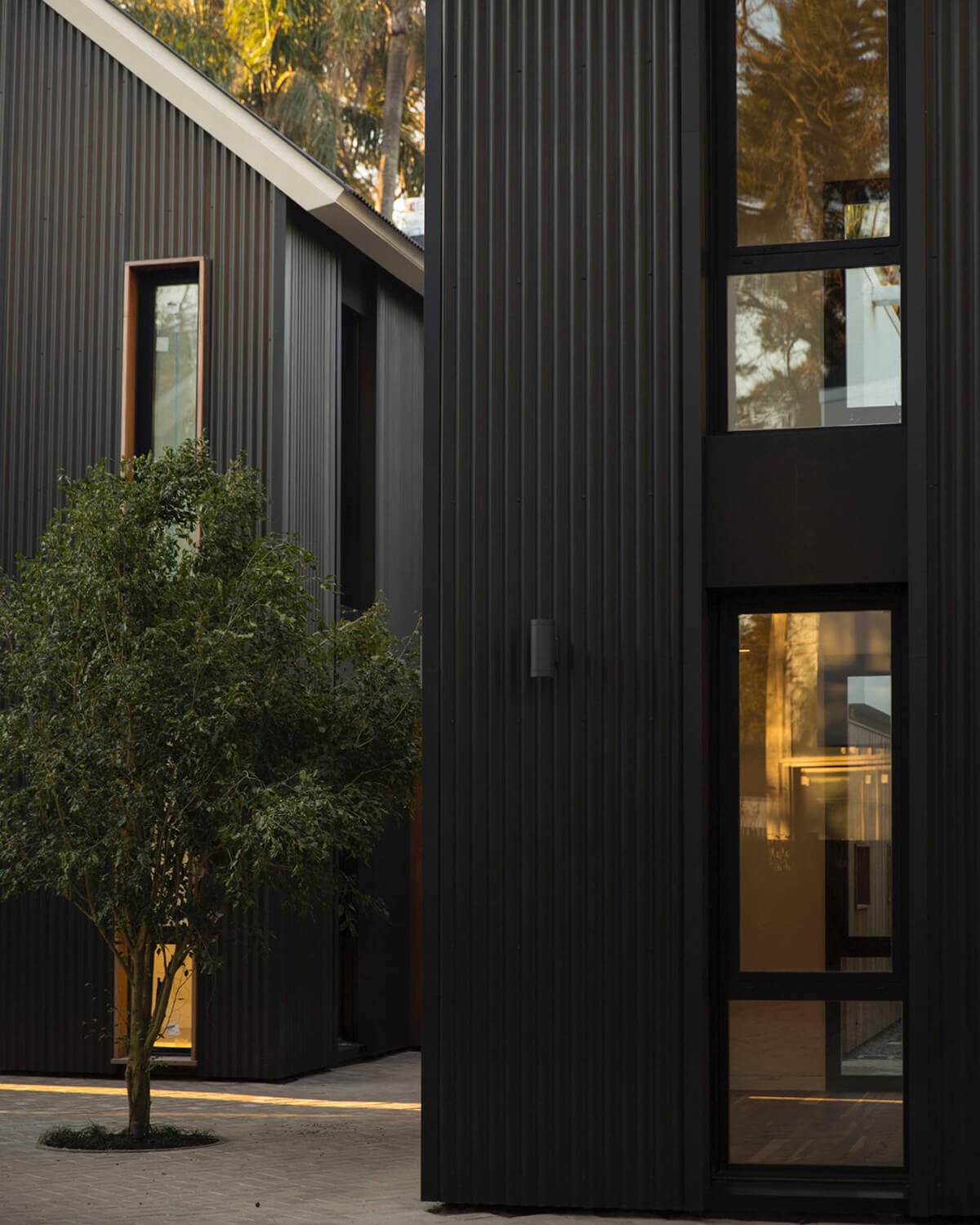The Murillo 1665 Housing Complex in Montevideo, Uruguay


When Brazilian business Candida Tabet Arquitetura teamed up with local architects Estudio Santiago Fernandez to structure a housing complex in Montevideo, Uruguay, they had been confronted with a one of a kind problem. The duo essential to match 5 200-square-metre duplex properties onto a great deal that earlier held a solitary property, all when thoroughly retaining the site’s lush forestation. The companies, recurrent collaborators considering the fact that 2000, satisfaction by themselves on their contextual tactic, which marries the examine of the environment and historic perspectives with materials innovation — and the Murillo 1665 housing intricate is no exception.

Inspired by the early 20th century architecture of Carrasco, a coastal suburb of the Uruguayan money, the designers drew from the neighbourhood’s vernacular lose-design and style roofing and landscaped gardens — alongside with an emphasis on ethically responsible residing. Tabet and Fernandez up-to-date this regular model with modern day elements, together with alternating wooden and charcoal gray corrugated sheeting facades, white plaster and glass, complemented by indigenous vegetation.

Just after diligently finding out the internet site for stream and purely natural light, the architects designed a cross-formed plan inside the terrain. This orientation ensured the new buildings would have the the very least probable effects on bordering plant lifestyle, permitting the new citizens to reside in harmony with character. The consequence is a dynamic structure scheme where each individual house, though similar in design, seems unique from just about every viewpoint, imparting a visible rhythm that defines the complicated.

The enhanced density of the re-prepared web site delivers with it a newfound perception of neighborhood. Tucked away from the road, the residences in the Murillo 1665 housing elaborate are structured all over a courtyard place where youngsters can safely and securely engage in and inhabitants can mingle — an interstitial social space not afforded by single-family residences in most urban options.

In addition to preserving the site’s majestic trees, thermal comfort was also top rated of head. The architects used solar safeguarded double glass panels, which are operable for cross ventilation, and left a hole in between the façade and steel frame to improve insulation.

Each individual house’s stark charcoal grey façade stands in distinction to its light and airy inside. On the ground ground, a dwelling and dining area are outfitted with wood finishes and sleek black accents, although a wood-panelled quantity on the building’s exterior delineates the kitchen area and laundry spaces. A massive wooden-burning fireplace at the house’s centre grounds the space. Upstairs, a few suites are linked by a mezzanine-style household room. Below, a entirely-glazed double top-wall allows in an abundance of normal light-weight — and views to the greenery outside the house.


Big sliding doorways at the rear of just about every household open up to a shaded out of doors place with a patio and barbecue space designed for gatherings. The patio, which utilizes stones from the first dwelling, is not only a sustainable alternative but an embodiment of the architects’ sensitive strategy — and a nod to the site’s unique character.








